In the world of metallurgy, steel stands as an indispensable cornerstone, catering to an array of industries with its versatility, strength, and durability. Among the plethora of steel grades, SPHC and SPCC are two significant classifications that garner attention for their distinct properties and applications. Understanding the nuances between SPHC and SPCC steel is pivotal for engineers, manufacturers, and consumers alike, as it influences material selection, performance, and overall product quality. This comprehensive exploration aims to shed light on the material properties, equivalent grades, and practical implications of SPHC and SPCC steel.
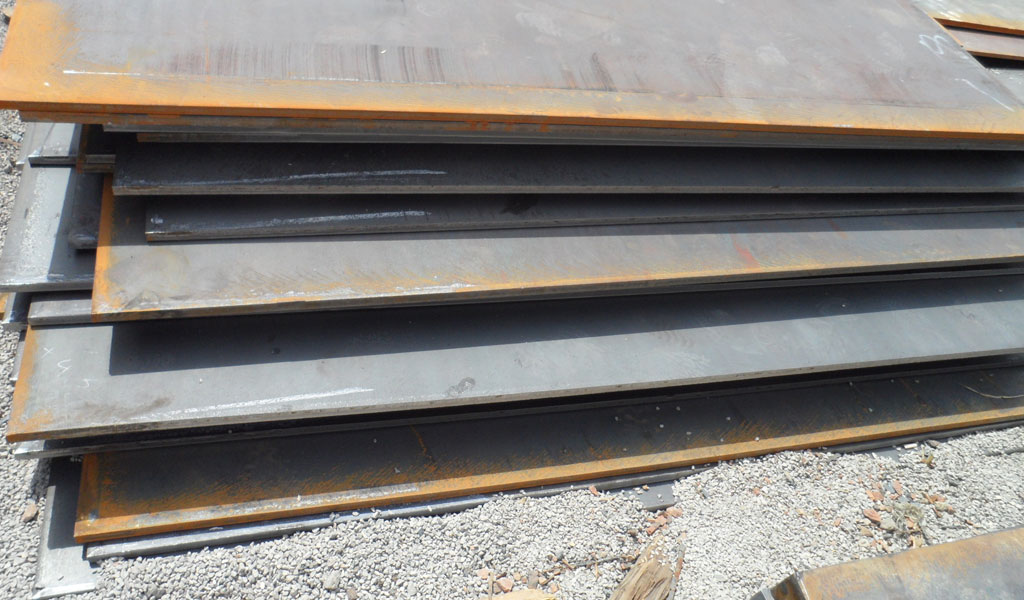
What Is SPHC Steel Material?
SPHC, which stands for Steel Plate Hot Rolled Coil, is a designation within the Japanese Industrial Standards (JIS) system. It refers to hot-rolled steel sheets and strips with a thickness ranging from 1.2 mm to 14 mm. SPHC steel is produced through a hot rolling process, wherein steel ingots are heated above their recrystallization temperature and passed through a series of rollers to achieve the desired thickness and shape. This manufacturing method imparts unique properties to SPHC steel, making it suitable for various industrial applications.
SPHC Chemical Composition
The chemical composition of SPHC steel typically includes low levels of carbon and manganese, along with trace amounts of other alloying elements. The exact composition may vary slightly depending on the specific production process and manufacturer. However, a typical chemical composition of SPHC steel is as follows:
- Carbon (C): ≤ 0.15%
- Manganese (Mn): ≤ 0.60%
- Phosphorus (P): ≤ 0.050%
- Sulfur (S): ≤ 0.050%
These elemental constituents contribute to the mechanical properties and performance characteristics of SPHC steel, ensuring adequate formability, weldability, and structural integrity.
SPHC Equivalent Grade
SPHC steel finds equivalence with several international grades, allowing for cross-referencing and substitution in different regional standards. Some common equivalent grades of SPHC steel include:
- ASTM A36: A widely used structural steel grade in the United States, known for its versatility and mechanical properties suitable for various construction applications.
- DIN St37-2: A German standard steel grade valued for its good weldability and formability, commonly employed in structural engineering and general fabrication.
- ISO HR2: An equivalent designation under the International Organization for Standardization (ISO), aligning with the characteristics and composition of SPHC steel.
These equivalent grades provide engineers and manufacturers with reference points for material selection and specification, ensuring compatibility and compliance with applicable standards and specifications.
SPHC Material Properties
SPHC steel exhibits a range of material properties that make it suitable for diverse applications across various industries. Some key properties of SPHC steel include:
- Formability: SPHC steel offers excellent formability, allowing it to undergo deformation without cracking or fracturing. This property makes SPHC steel well-suited for applications requiring intricate shaping and molding processes, such as automotive components, structural frameworks, and consumer appliances.
- Weldability: SPHC steel possesses commendable weldability, enabling seamless joining with other compatible materials through various welding techniques, including arc welding, spot welding, and resistance welding. The absence of significant alloying elements facilitates fusion without compromising the structural integrity or mechanical properties of the welded joints.
- Strength: While SPHC steel prioritizes formability and weldability, its strength properties are moderate compared to high-strength steel grades. Nonetheless, it offers adequate tensile strength and yield strength to withstand typical loading conditions encountered in its intended applications.
- Surface Finish: The surface finish of SPHC steel may vary depending on the manufacturing process and subsequent treatments. It typically exhibits a mill scale or oxide layer, which can be removed through pickling or surface cleaning procedures to enhance aesthetics and surface quality.
SPHC steel represents a versatile and cost-effective material choice for a wide range of industrial applications, owing to its favorable combination of mechanical properties, formability, weldability, and surface finish.
What Is SPCC Steel Material
SPCC, which stands for Steel Plate Cold Rolled Coil, is a classification within the Japanese Industrial Standards (JIS) system. It refers to cold-rolled steel sheets and strips with a thickness ranging from 0.15 mm to 3.2 mm. SPCC steel is produced through a cold rolling process, wherein steel coils are passed through rollers at ambient temperature to achieve the desired thickness and surface finish. This manufacturing method imparts unique properties to SPCC steel, making it suitable for various industrial applications.
SPCC Chemical Composition
The chemical composition of SPCC steel typically includes low levels of carbon and manganese, along with trace amounts of other alloying elements. The exact composition may vary slightly depending on the specific production process and manufacturer. However, a typical chemical composition of SPCC steel is as follows:
- Carbon (C): ≤ 0.12%
- Manganese (Mn): ≤ 0.60%
- Phosphorus (P): ≤ 0.045%
- Sulfur (S): ≤ 0.045%
These elemental constituents contribute to the mechanical properties and performance characteristics of SPCC steel, ensuring excellent surface finish, dimensional accuracy, and formability.
SPCC Equivalent Grade
SPCC steel finds equivalence with several international grades, facilitating cross-referencing and substitution in different regional standards. Some common equivalent grades of SPCC steel include:
- ASTM 1008: A widely referenced cold-rolled steel grade in the United States, known for its excellent formability, surface finish, and dimensional accuracy, suitable for diverse applications ranging from appliances to consumer electronics.
- EN DC01: A European standard steel grade valued for its superior flatness, edge condition, and surface quality, widely adopted in industries such as packaging, construction, and automotive manufacturing.
- JIS SPCD: An alternative designation within the JIS standards, delineating cold-rolled steel with similar chemical composition and mechanical properties as SPCC, albeit with tighter thickness tolerances and refined surface finish requirements.
These equivalent grades provide engineers and manufacturers with reference points for material selection and specification, ensuring compatibility and compliance with applicable standards and specifications.
SPCC Material Properties
SPCC steel exhibits a range of material properties that make it suitable for diverse applications across various industries. Some key properties of SPCC steel include:
- Surface Finish: SPCC steel boasts an excellent surface finish, characterized by a smooth, uniform appearance devoid of scale or oxide layers. This property enhances aesthetics, surface cleanliness, and paint adhesion, making SPCC steel an ideal choice for applications requiring a pristine appearance.
- Dimensional Accuracy: SPCC steel exhibits excellent dimensional accuracy and consistency, ensuring uniform thickness and width across the rolled sheets and strips. This attribute is crucial for industries such as electronics and automotive manufacturing, where tight tolerances are paramount for component compatibility and assembly.
- Mechanical Properties: Despite its cold-rolled nature, SPCC steel retains satisfactory mechanical properties, including moderate tensile strength, yield strength, and elongation. These properties render SPCC steel suitable for various forming operations, including bending, stamping, and deep drawing, without sacrificing structural integrity or performance.
- Work Hardening: Cold rolling induces work hardening in SPCC steel, enhancing its strength and hardness while maintaining ductility. This phenomenon improves the material’s resistance to deformation and fatigue, contributing to prolonged service life and durability in demanding applications.
SPCC steel represents a versatile and reliable material choice for a wide range of industrial applications, owing to its favorable combination of mechanical properties, surface finish, dimensional accuracy, and formability.
SPCC vs SPHC Material: Which Is Better?
The difference between SPCC and SPHC is the temperature range during manufacturing. SPHC is hot-rolled, while SPCC is further cold-rolled from SPHC, and their properties are significantly different.
| Criteria | SPCC (Steel Plate Cold Rolled Coil) | SPHC (Steel Plate Hot Rolled Coil) |
|---|---|---|
| Production Process | Cold rolling | Hot rolling |
| Thickness Range | 0.15 mm – 3.2 mm | 1.2 mm – 14 mm |
| Precision | Superior dimensional accuracy, surface finish, and flatness | Slightly lower dimensional accuracy and surface finish |
| Formability | Excellent formability, suitable for deep drawing and bending | Good formability, conducive to shaping and molding |
| Weldability | Good weldability, suitable for various welding techniques | Good weldability, compatible with welding processes |
| Surface Finish | Smooth and uniform, devoid of scale or oxide layers | May exhibit a mill scale or oxide layer, requiring surface cleaning |
| Mechanical Properties | Moderate tensile strength, yield strength, and elongation | Moderate tensile strength and yield strength, adequate for typical loading |
| Cost | May command a slightly higher price due to additional processing steps | May have a comparatively lower production cost, depending on market demand |
| Applications | Precision engineering, automotive components, appliances, consumer electronics | Structural frameworks, construction materials, general fabrication |
Comparison of Precision
SPCC (Steel Plate Cold Rolled Coil) typically undergoes a cold rolling process, which imparts superior dimensional accuracy, surface finish, and flatness compared to SPHC (Steel Plate Hot Rolled Coil). Cold rolling allows for tighter tolerances and finer adjustments in thickness, making SPCC more suitable for applications requiring precise specifications and tight dimensional control.
SPHC, on the other hand, is produced through hot rolling, which may result in slight variations in thickness and surface finish. While SPHC offers good formability and weldability, its precision may be slightly lower compared to SPCC.
Comparison of Properties
SPCC steel exhibits excellent surface finish, dimensional accuracy, and formability, making it ideal for applications where aesthetics and tight tolerances are critical, such as consumer electronics, automotive components, and precision engineering.
SPHC steel, with its hot-rolled nature, prioritizes formability and weldability over precision. It offers good ductility and ease of fabrication, suitable for applications that do not require stringent dimensional control but demand robust structural integrity, such as structural frameworks, construction materials, and general fabrication.
Comparison of Costs
The cost of SPCC and SPHC steel can vary depending on factors such as raw material prices, production processes, and market demand. Generally, SPCC steel may command a slightly higher price due to the additional processing steps involved in cold rolling, which impart superior precision and surface finish.
SPHC steel, being hot-rolled, may have a comparatively lower production cost, but it may incur additional expenses in secondary processing or surface treatment to achieve desired specifications and aesthetics.
Comparison of Applications
SPCC steel finds application in industries that require high precision, excellent surface finish, and dimensional accuracy. It is commonly used in manufacturing electronic components, appliances, automotive panels, and precision engineering parts where tight tolerances and aesthetics are paramount.
SPHC steel caters to a broader range of applications where precision is not the primary concern but formability, weldability, and structural strength are crucial. It is extensively utilized in automotive chassis components, structural frameworks, pipes, and general fabrication where ease of fabrication and robust mechanical properties are essential.
The Detail Of BE-CU Sheet Metal Company
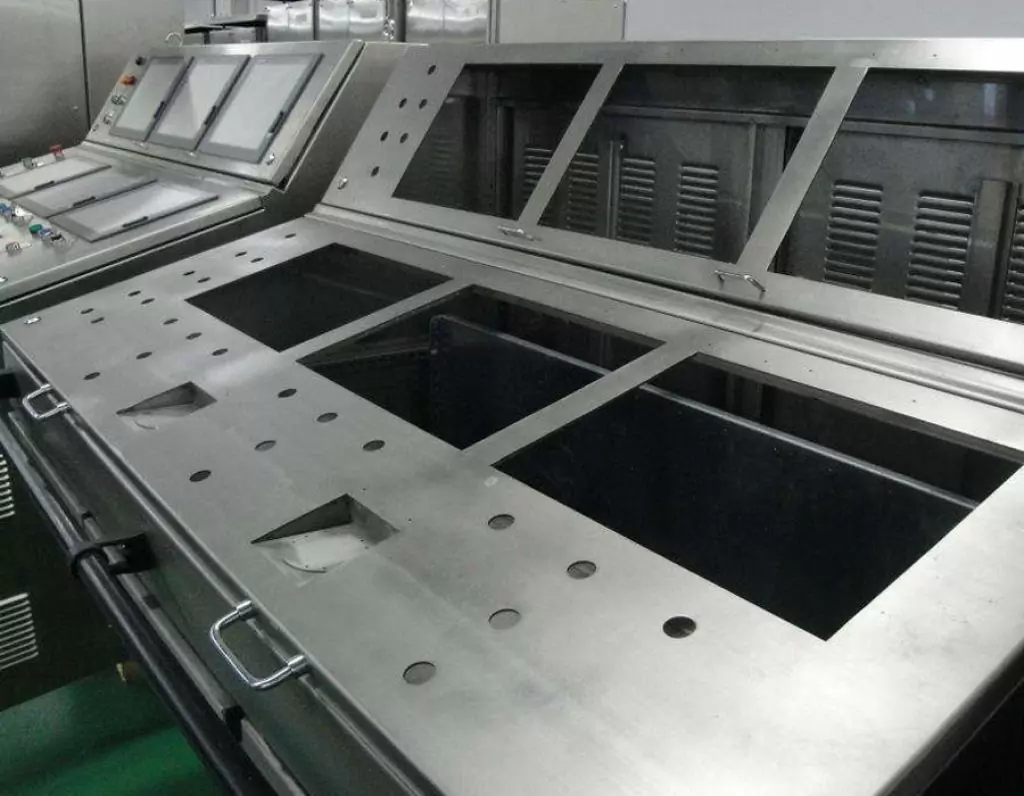
BE-CU is a professional and technical enterprise engaged in sheet metal fabrication, with over 2000 m2 sheet metal workshop and has one-stop service of industrial automation R&D, production, processing and sales.Custom manufacturer of sheet metal component assemblies made from stainless steel, aluminum and carbon steel. Offered in different specifications and features.Markets served include aerospace, lighting, medical, defense, semiconductor/electronics, capacitor, chemical processing and energy.Capable of maintaining dimensional tolerance up to +/-0.005 in. Capabilities include contract manufacturing, fabrication, machining, bending, milling, cutting, forming, drilling, fitting, assembly, notching, punching, rolling, turning, CNC press braking, flame and high definition plasma cutting, saw cutting, shearing, prototyping, high volume, short run and long run production and MIG, TIG and arc welding. Secondary services include Blanchard grinding, galvanizing and painting.
-
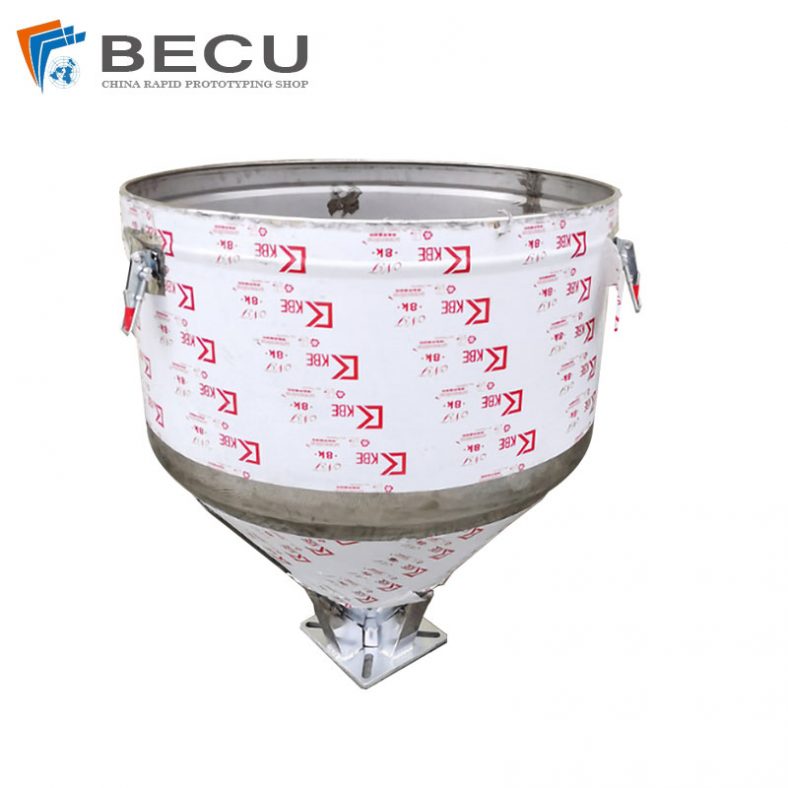
Sheet Metal Fabrication Injection Molding Machine Hopper
-
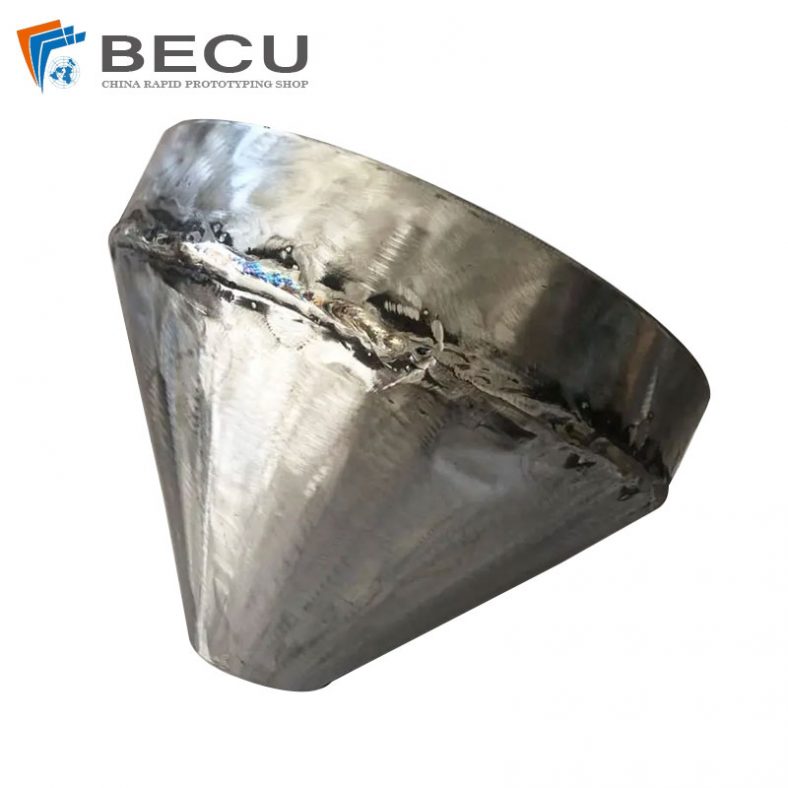
Sheet Metal Fabrication Funnel For Agricultural Machinery
-
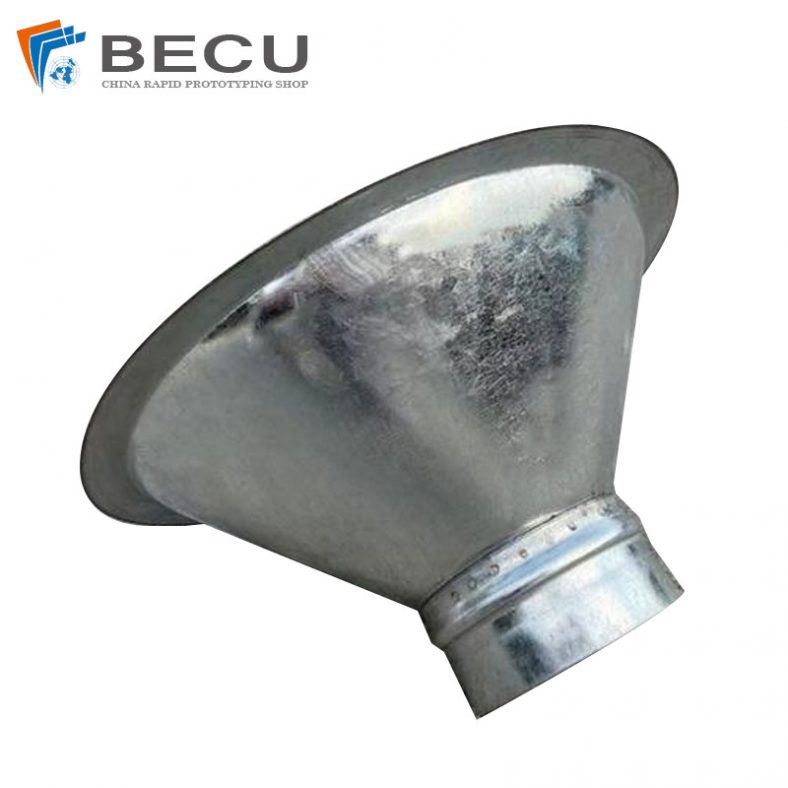
Sheet Metal Fabrication Galvanized Spiral Air Duct
-

PCS Fan Ductwork Sheet Metal Housing
-
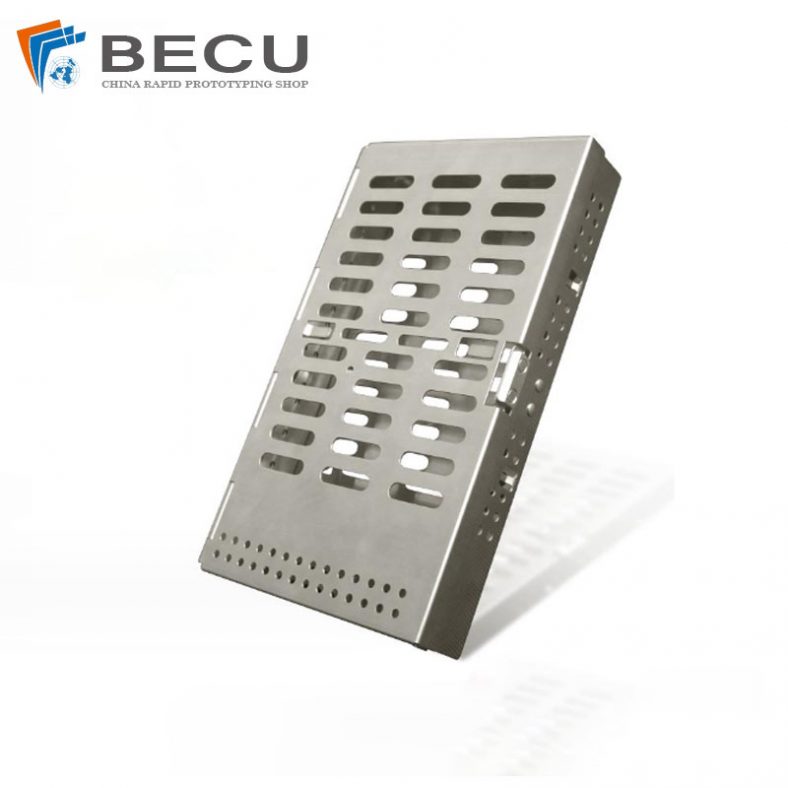
Custom Sheet Metal Surgical Instrument Sterilization Box For Beauty Salon
-

Precision Fabrication Green Energy EV Charging Station Cabinet
-

TA1TA2 Alloy Sheet Metal Manufacturing Machinery Support Parts
-

Sheet Metal Fabrication Aluminum 5052 Medical Box For Fire Fighting
